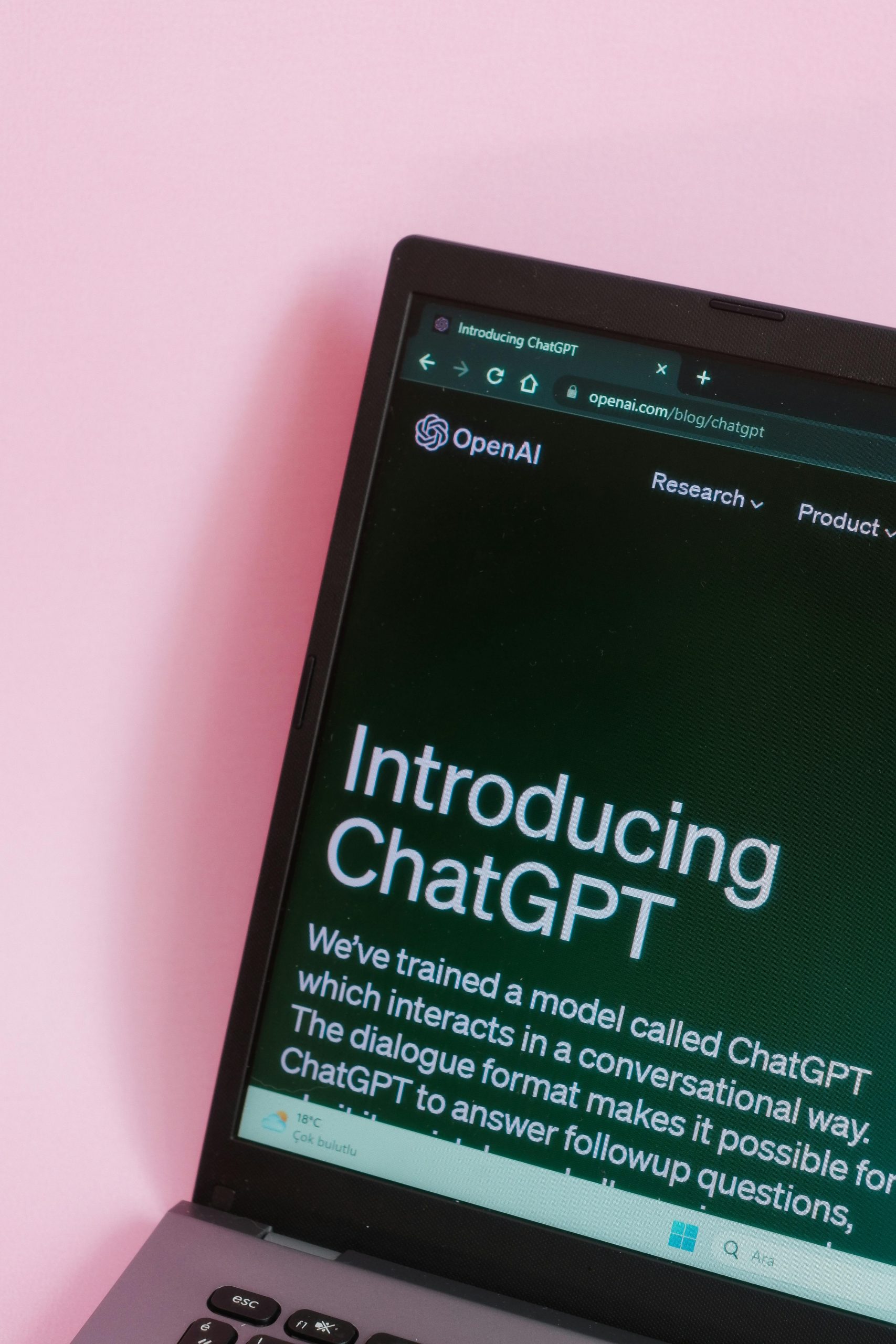Seeking Mobile-Friendly Tools for Web Development and Debugging
In today’s digital landscape, web developers often find themselves needing to access browser developer tools outside traditional desktop environments. If you’re working solely from an Android device and searching for ways to interact with your website’s console or CSS customization panels, you’re not alone.
Many developers rely on browser emulators that simulate viewport dimensions, similar to Chrome’s device mode. These tools can be invaluable for testing responsiveness without the need for a full desktop setup. While some browser-based solutions offer these features, their capabilities can vary, and not all are actively maintained.
For those accustomed to desktop-based inspection tools like Chrome DevTools, mobile options can sometimes feel limited. Manually sifting through multiple stylesheets and JavaScript files to identify conflicts or errors can be tedious, especially when working without a dedicated desktop environment. Relying heavily on ‘Inspect Element’ features on mobile is common, but it may raise questions about workflow efficiency and debugging depth.
What Are Your Options on Android?
Fortunately, there are several approaches and tools that can enhance your mobile web development experience:
-
Mobile Browsers with Built-in Developer Tools: Some browsers, such as Yandex Browser and Kiwi Browser, include developer tools or extensions that can help inspect and troubleshoot web pages directly from your phone. Keep in mind, however, that support for these features can vary and some projects may be unmaintained.
-
Web-Based Inspection Services: Cloud-based platforms like BrowserStack or Sauce Labs offer remote browser testing, though they may require subscriptions. They allow you to emulate various devices and inspect web page behavior remotely, accessible through your phone’s browser.
-
Remote Access and SSH Clients: If you’re used to tools like Termux or SSH, you can connect to remote servers where your code resides. This enables editing and debugging directly on your server environments. Although Termux may have undergone updates or issues, alternatives like UserLAnd or Andronix can provide similar capabilities.
-
Text Editors and IDEs: Apps like Visual Studio Code Remote or DroidEdit can facilitate code editing and some basic debugging, especially when combined with remote server access.
Final Thoughts
While working exclusively on a mobile device comes with challenges, leveraging the right tools can streamline your development workflow. Keep an eye on the evolving landscape of mobile-compatible developer tools, and consider integrating remote server workflows to offset limitations.
If you have recommendations or experiences with specific Android apps or web services for debugging and CSS editing, share

